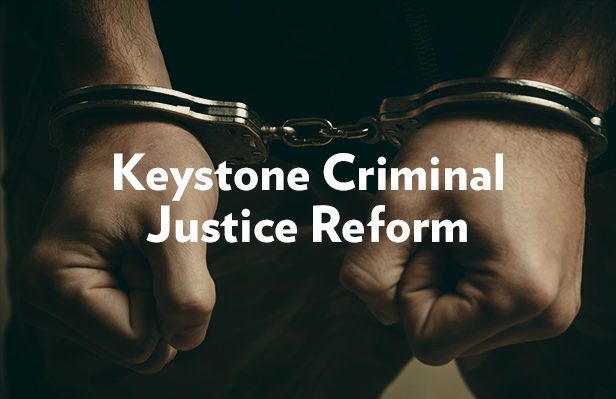Media

Criminal Justice Reforms Continue to Benefit Pennsylvanians
Pennsylvania’s bipartisan criminal justice efforts are continuing to pay dividends. According to statistics released by the Department of Corrections (DOC), the state’s prison population fell by 863 inmates—the largest year-over-year decrease since 1971.
This is the fourth consecutive year the inmate population has declined—a striking difference from prior decades when inmate population growth was the norm. As of 2012, the total inmate population declined by 3,319 people with no corresponding increase in crime. This is a tremendous accomplishment on the part of criminal justice reform advocates.
Policymakers’ investment in people has improved the lives of countless Pennsylvanians and reduced costs to taxpayers without jeopardizing public safety.
According to DOC officials, the decline in the prison population can be attributed to the 2012 slate of Justice Reinvestment Initiative reforms, better coordination between Pennsylvania Board of Probation & Parole and DOC, and the lack of mandatory minimum penalties.
Although the recent success is encouraging, there's still work left to do according to DOC Secretary John Wetzel:
We believe further reductions in the inmate population, lower agency costs and decreases in the crime rate, are possible moving forward as part of the consolidation with the Board of Probation and Parole and the second round of the Justice Reinvestment Initiative.
CF agrees with Sec. Wetzel and other reformers, which is why we have expressed support for both agency consolidation and a second round of Justice Reinvestment Initiative (JRI II) reforms. Fortunately, Sen. Greenleaf has announced his intention to introduce legislation focusing on the latter.
Among the JRI reforms being considered are automatic parole for non-violent offenders after serving their minimum sentence and expansion of the State Intermediate Punishment Program to ensure people do not return to prison for an extended stay.
According to Dr. Bret Bucklen, the DOC’s director of planning, research and statistics, with JRI II and additional reforms, the state could see a reduction of another 2,500 inmates and a savings of $91.7 million over five years.
Given the positive impacts of past criminal justice reform efforts, lawmakers should continue their work to help people break the cycle of recidivism, improve public safety, and reduce the costs of state government.